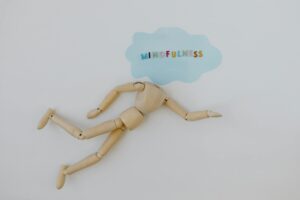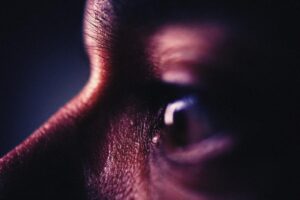The 1960s witnessed a cultural renaissance, which impacted every aspect of popular art. Among these changes was the emergence of a unique and captivating phenomenon – the fusion of psychedelic art and music. With the advent and popularization of psychedelic rock and the Summer of Love, tripped-out audio-visual stimulation entered the mainstream. The synergy between psychedelia in art and music reflects a greater inclination towards the human ability of synesthesia – a perceptual phenomenon where stimulation of one sensory pathway results in automatic, involuntary experiences in another sensory pathway.
Psychedelic rock, characterized by its distorted guitar riffs, extended tracks, and the use of new recording techniques, was the backdrop to this audio-visual integration. Bands like Pink Floyd, The Grateful Dead, and Jefferson Airplane used the extended instrumental breaks to fill concert halls with a warm, fuzzy audio blanket creating the perfect environment for visual projections. These concerts transcended being just musical experiences; they became immersive, sensory engagements, where music-induced hallucinations were an integral part of the experience.
Visual artists took up the challenge, producing striking album cover art that complimented the spiritual and psychedelic themes of the music. Not mere illustrations, these album covers acted as a gateway, allowing listeners to delve deeper into the musical universe of the bands. From the vibrant visuals of The Beatles’ “Sgt. Pepper’s Lonely Hearts Club Band” to the iconic prism of Pink Floyd’s “Dark Side of the Moon,” these covers became a visual manifesto of the psychedelic age.
The beatnik movement, with its focus on non-conformity and free thinking, also played a significant role in influencing the psychedelic art scene. Artists frequently experimented with various mediums, leading to an expansion of visual and auditory horizons. This artistic freedom propelled the integration of visuals to the concert experience, consequently transforming it into a full-fledged sensory convocation.
A key aspect of the live concert visuals were light shows, which were inspired by stroboscopic light, a typical fixture of the psytrance scenes. Liquid light shows, created by projecting bright, constantly moving, and morphing abstract images were frequently combined with film and slide projections, creating a mesmerizing visual dance to accompany the psychedelic music.
Visual projections were utilized not only in concerts but expanded to art installations and psytrance festivals as well. The festival culture soon incorporated these elements, transforming festival grounds into galactic landscapes that portrayed visual narratives of interconnectivity, oneness, and metaphysical journeys. Installations combined 2D and 3D visuals with rhythmic music pulsations, creating a transformative, communal exchange for participants.
Festivals like Burning Man and Boom Festival continue to evolve this tradition of psychedelic art and music fusion, emphasizing its role in fostering camaraderie, mindfulness, and collective consciousness even today.
The ability to see music or hear colors is a fascinating, surreal, and long-studied concept termed as synesthesia. The fusion of psychedelic art and music serves as a temporal synesthesia, where audiences can experiences music visually through color and pattern-changing visuals, and see the art in the flowing, pulsating rhythms of the music.
The dance of psychedelic art and music has undeniably transformed the creative landscape, leaving a lasting impact on future generations. This genre continues to evolve, redefining our understanding and relationship with art, music, and the profound, mystifying depths of the human cognitive experience.
The journey from psychedelic rock concerts of the 60s to the contemporary digital art music festivals of today is a testament to the irresistible allure of psychedelic fusion. A celebration of liberation, expression, and artistic exploration, the fusion of psychedelic art and music remains a potent symbol of cultural evolution, bringing together multitudes under the pervasive language of psychedelic synesthesia.





